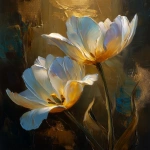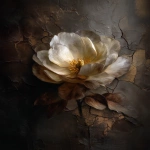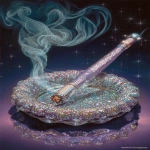Explore the Best AI Image Gallery
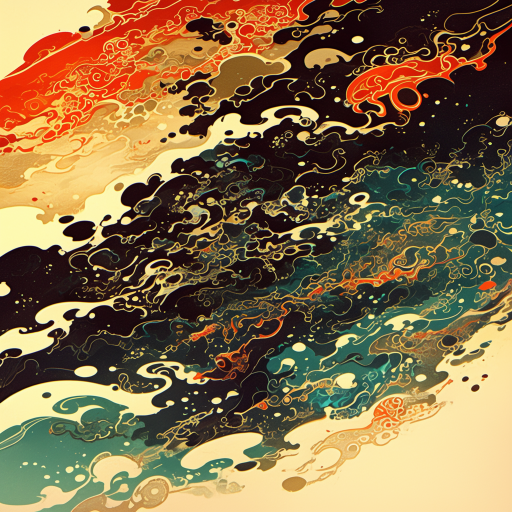
5G Technology: Redefining Creative Possibilities
The advent of 5G technology is more than just an upgrade in mobile connectivity; it is a profound leap forward that is set to significantly impact a wide range of industries, particularly the creative sector. With its high-speed data transfer, low latency, and improved capacity, 5G is not just a tool for enhanced communication; it is a gateway to new creative possibilities that can reshape the way we think about art, design, and media.
Unveiling Potential Uses in the Creative Industry
As 5G makes its way into the mainstream, we can expect to see its influence in various creative domains:
- Augmented Reality (AR) and Virtual Reality (VR): 5G technology enables seamless streaming of high-quality AR and VR experiences, allowing artists and designers to create immersive environments that engage audiences like never before. This application can enhance everything from virtual galleries to interactive installations, enabling users to experience art in wholly new dimensions.
- Live Streaming and Remote Collaboration: 5G allows for high-quality live streaming with minimal lag, fostering real-time collaboration among artists, musicians, and filmmakers from different parts of the globe. This can lead to innovative cross-cultural projects and cooperative creations.
- Smart Wearables and IoT Devices: With 5G, smart wearables can communicate instantly, opening opportunities for artists to interact with their audiences dynamically. Think of wearable devices that respond to audience movements or emotions, creating a multi-sensory experience.
- Data-Driven Art: Artists leveraging big data can utilize 5G's bandwidth to analyze vast datasets for inspiration. This would provide artists with real-time analytics, aiding in the creation of data-driven art that reflects current social or environmental issues.
Ethical Considerations
While the possibilities with 5G are exciting, it’s also essential to reflect on the ethical dimensions surrounding its use:
- Privacy Concerns: As more devices become interconnected, data privacy becomes paramount. Artists and creatives need to be wary of how they gather, use, and share data, ensuring they do not compromise individual privacy.
- Accessibility: Not everyone may have access to 5G technology, potentially widening the digital divide. Creatives must consider how to ensure their work remains accessible to all audiences, regardless of their technological resources.
- Environmental Impact: The infrastructure for 5G networks has significant environmental implications. Artists and designers may wish to incorporate sustainability into their practice, using their work to raise awareness about the environmental impacts of increasing technological demands.
Future Trends in Creative Expression
Looking ahead, the integration of 5G in the creative landscape will only continue to evolve. Here are some anticipated trends:
- Increased Personalization: With 5G enabling faster data processing, creatives will craft more personalized experiences. From tailored artworks to responsive installations, the connection between creator and viewer will deepen.
- Collaborative Eco-systems: 5G could facilitate massive collaborative projects between artists across the globe, leading to the emergence of collective art forms that merge different styles and influences.
- New Art Forms: The capabilities of 5G may inspire the development of entirely new art forms that combine various media—be it dance, music, visual art, or performance—into a collective narrative that can be experienced in real-time.
- Integration with AI: The synergy between 5G and Artificial Intelligence can lead to groundbreaking initiations in creative productions. For instance, AI could generate art in real-time based on audience interactions, facilitated by the speed of 5G networks.
Conclusion
In summary, 5G technology presents an unparalleled opportunity to redefine the creative industry. From enhancing the way artists connect with their audiences to developing new forms of creativity that embrace technology, the potential is enormous. However, as we embark on this transformative journey, it is vital to remain cognizant of the ethical considerations that accompany this technological evolution. The future of creativity lies in a harmonious balance between innovation, ethical responsibility, and accessibility.


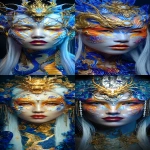
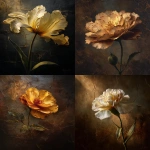

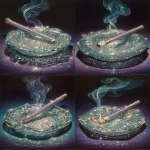

](https://images.ai-img.art/thumbnails/150/2fbd98ecfc425cfc1597779121e1c0305437067779e9c471eb64ff9615d5be98.webp)
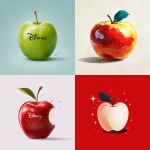

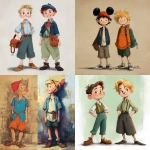

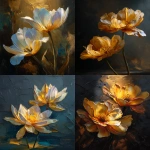



](https://images.ai-img.art/thumbnails/150/3020b8c2b6d9be07e042357107af1de10deb274a41d2b0f332684ad4b532a702.webp)


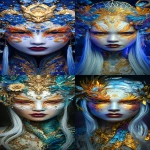




](https://images.ai-img.art/thumbnails/150/269414b0e541026702e9e67c67602c96162f37ff460a388b3b36314c8fc936dd.webp)
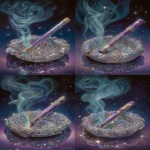
](https://images.ai-img.art/thumbnails/150/485c8b1c747827bdc9a962f8a1919b3c259b18dd263b260208a1eae19fb85e07.webp)

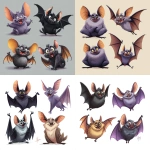


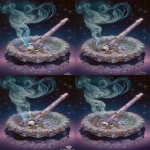



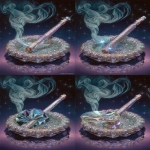
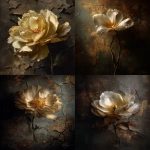
](https://images.ai-img.art/thumbnails/150/5197af8969d850e2a43e141d41e482ccbceedebceb2a4caf9f098f943f9d1b0f.webp)


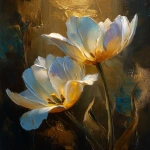

](https://images.ai-img.art/thumbnails/150/8d1fe5a7a49cfc96747182431a853357913286d89258383caab2d3b4681afcb5.webp)
